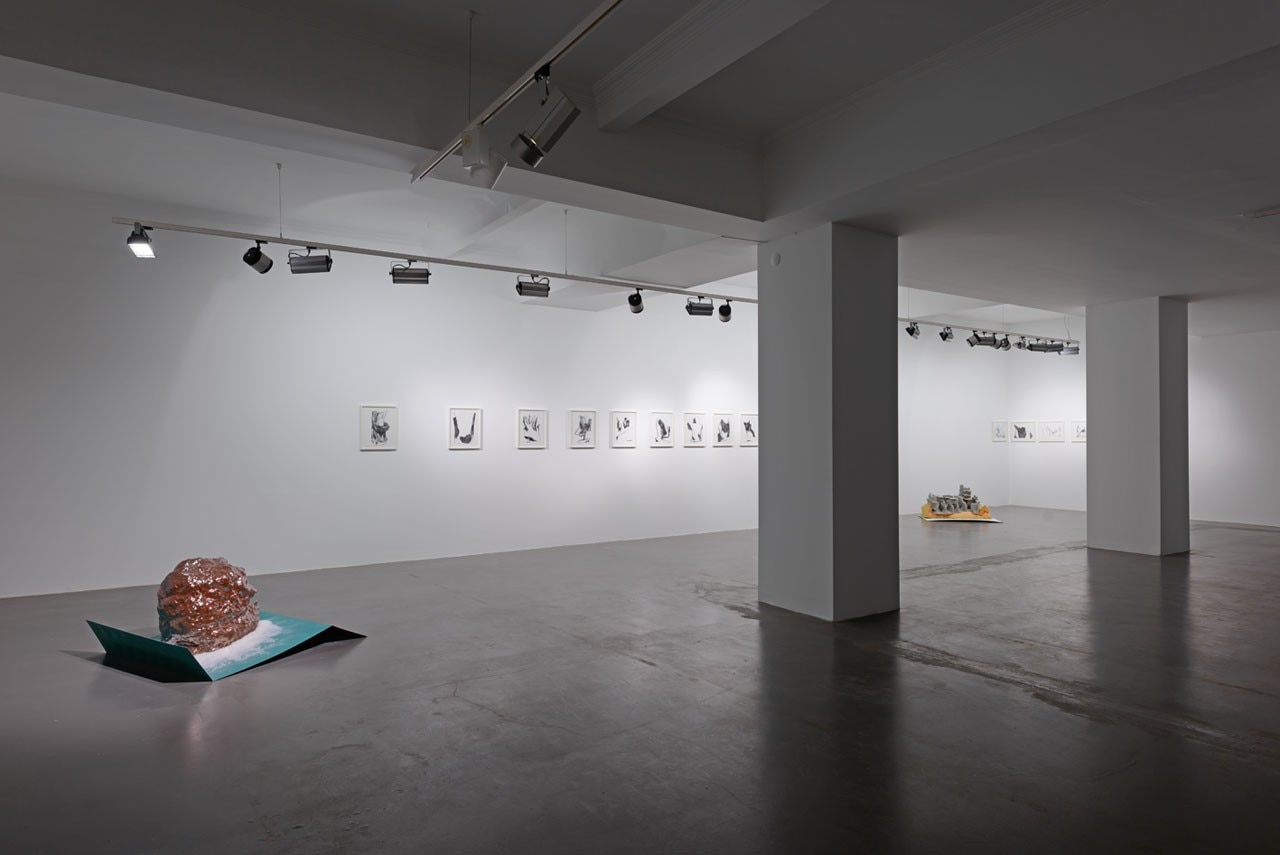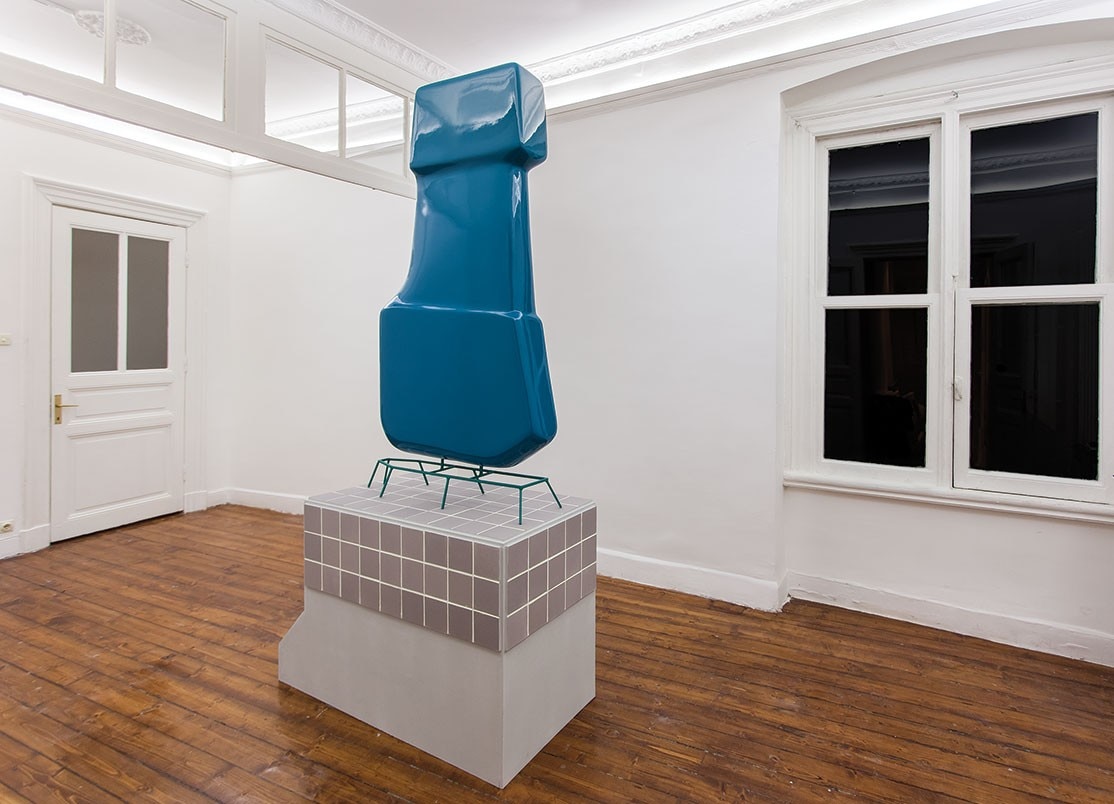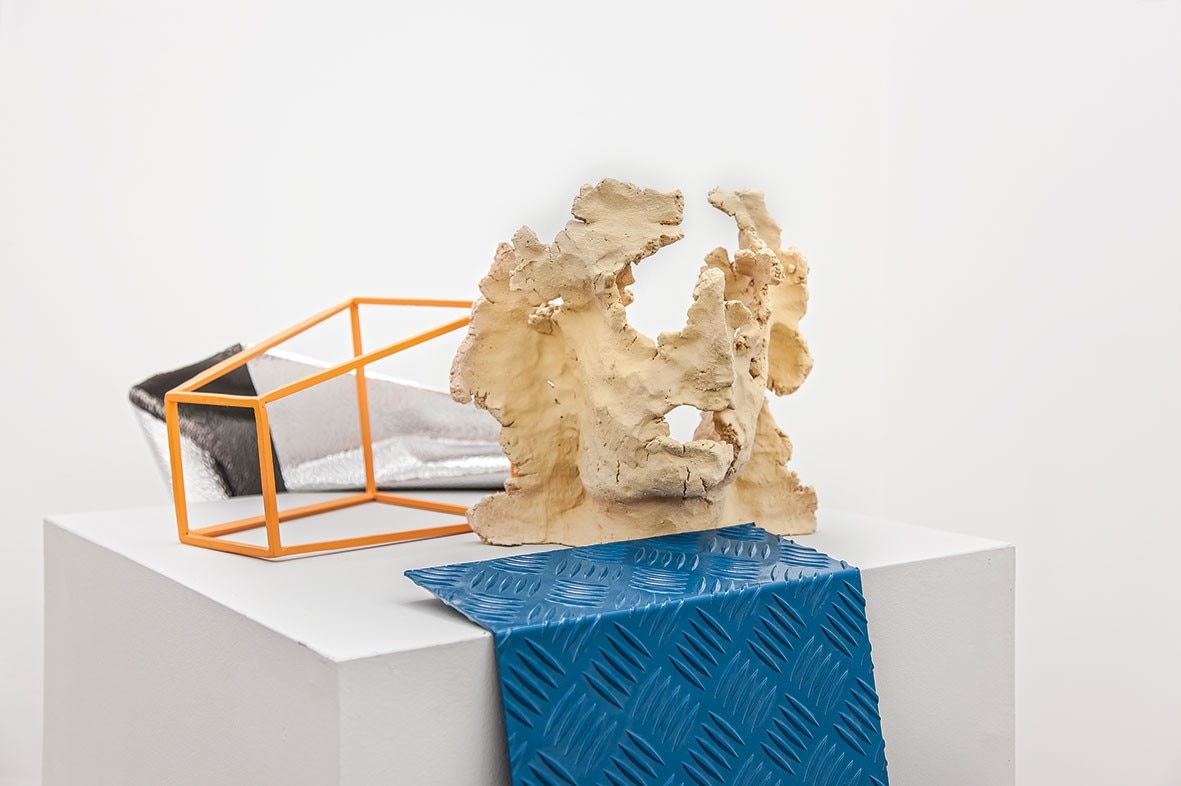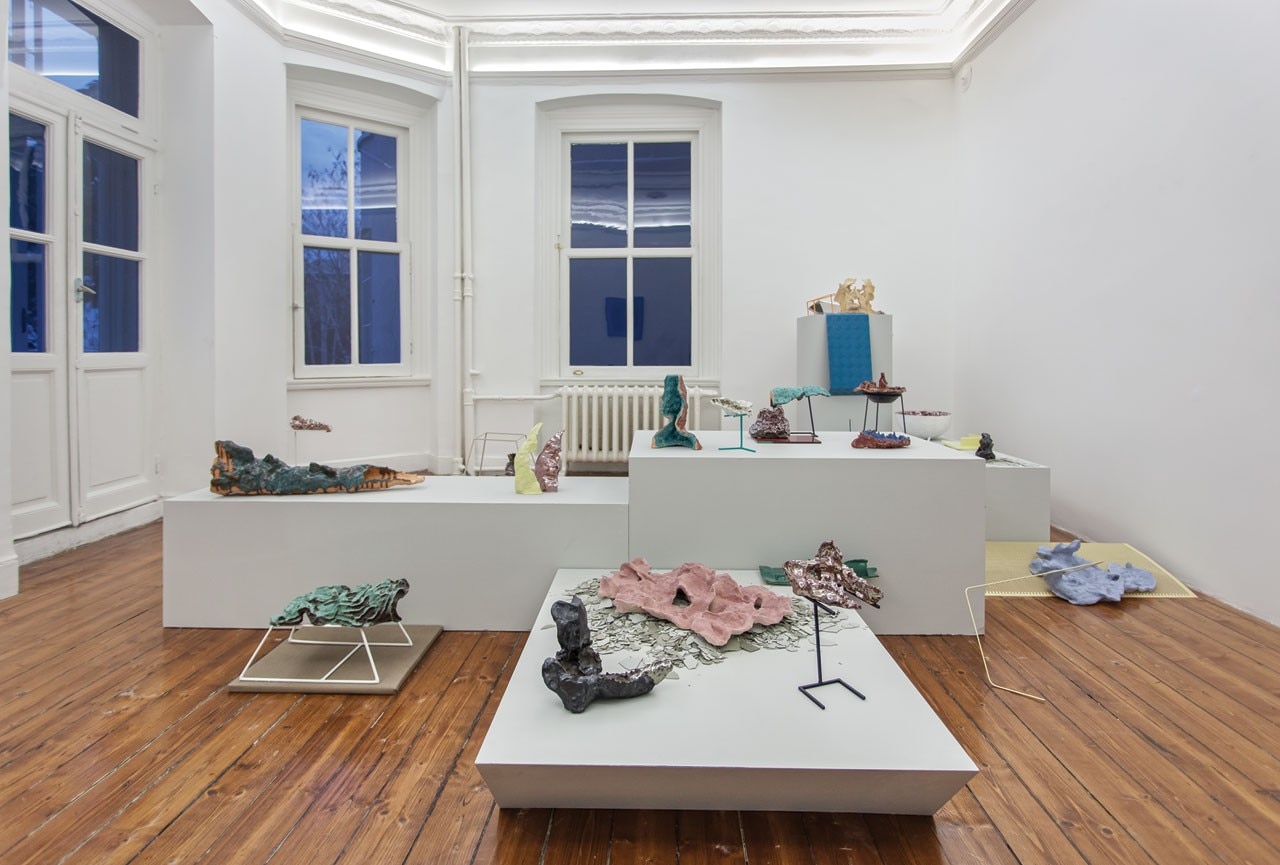
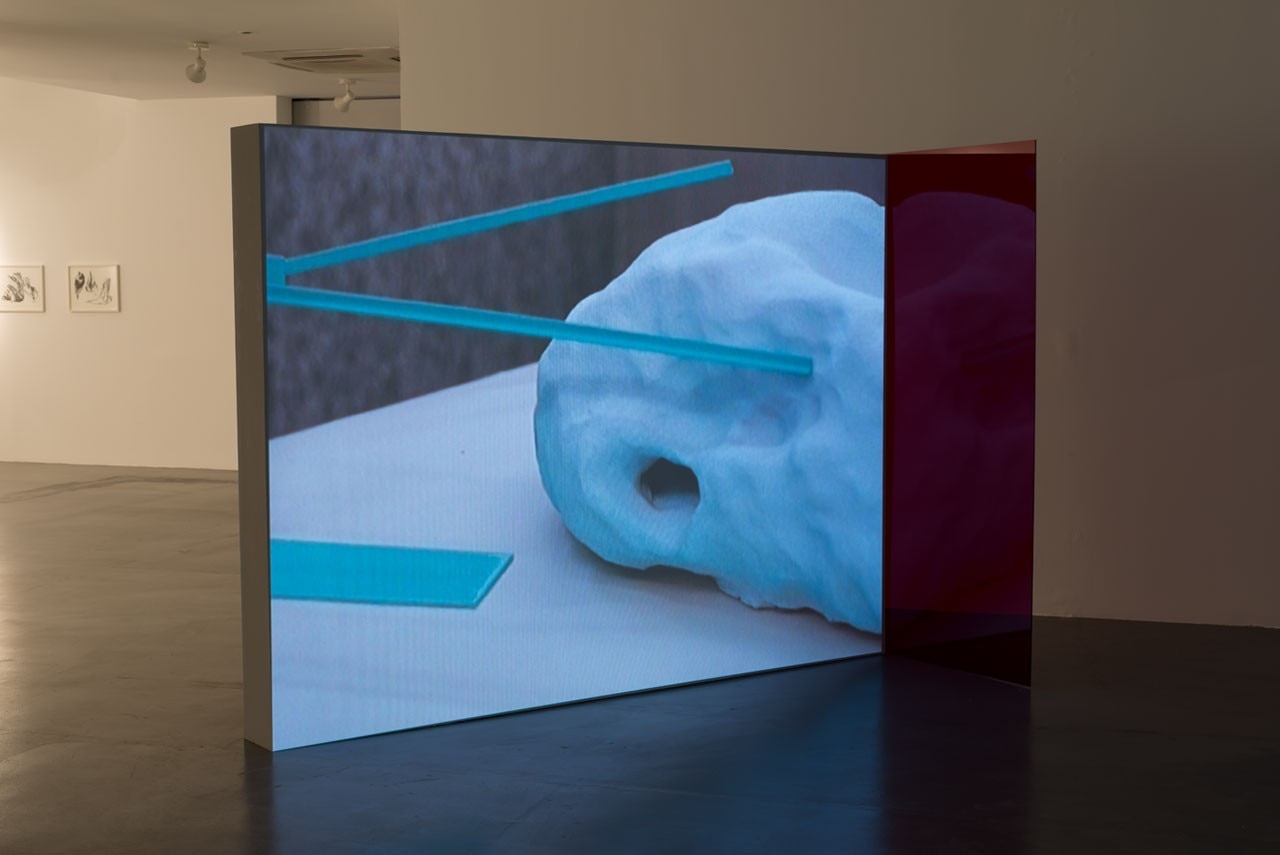
These spatial experiences lead Hüner to question two landscapes where the capitalist modernity descends to exotic physical environments, reminiscent of the evolution of artifacts. Deciphering Hüner’s ceramic forms and drawings of the layers of “form” sediments, a question appears in my mind: how can I experience other possible, lived or unlived “time” and “spaces”, and what could be the representation of their form… artifacts.
It is possible to imagine and read the metaphors of spatial landscape within the self-organization of human life. Manuel De Landa’s “geological approach” to human history offers a — maybe known, but not common — procedure to understand material culture. De Landa points out how “human culture and society are not different from the self-organized processes that inhabit the atmosphere and hydrosphere (win, circuits, hurricanes), or, for that matter, no different from lavas and magmas, which as self-assembled conveyor belts drive plate tectonics and over millennia have created all the geological features that have influenced human history”.
